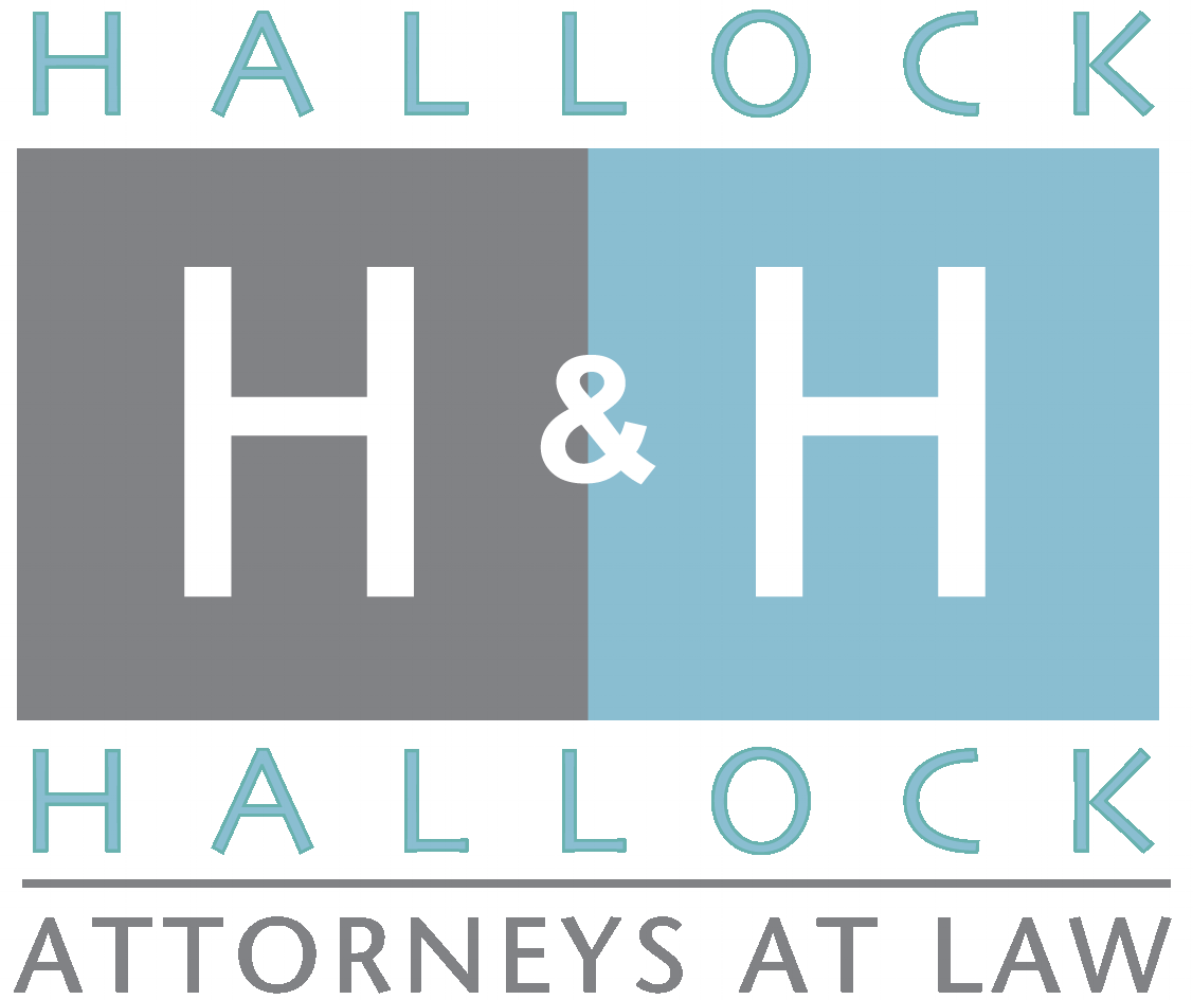The Family Farm Business LLC
THE COUNSELOR
Volume 6 • Issue 12 • December 2016
The Counselor is a monthly newsletter of Hallock & Hallock dedicated to providing useful information on estate planning, business succession planning and charitable planning issues. This month's issue will discuss the use of Limited Liability Companies (LLCs) in your family farm transition planning. If you are interested in learning more about the ideas and processes discussed in this newsletter, please contact us for an initial consultation.
Over the last twenty years, the LLC has become the entity of choice for most businesses. The LLC is a form of business entity that provides the limited liability of a corporation, but without some of the legal formalities. LLCs are authorized by state statute and are legally distinct from its owners. The LLC can own property, incur debts, enter into contracts, sue and be sued. The owners of an LLC are referred to as members. An LLC can have one member (a single member LLC or SMLLC) or many members (a multi-member LLC). Members may be any combination of individuals, corporations, partnerships, LLCs, trusts or other legal entities. While the LLC is governed by state law, through the adoption of an operating agreement, the members can determine for themselves the rules for many, if not most, issues related to the company, its management, and its organization.
Why Form an LLC for Your Family Farm?
An LLC can provide the following benefits for your family farm:
An operating entity from which to run the farm business – a farm, like any other business, will benefit from being managed using sound business practices. This can sometimes be overlooked in a family business. An entity can facilitate the institutionalization of sound business practices.
Liability protection for the Members - Unlike the sole proprietorship or partnership, the LLC, like a corporation, can protect its members from personal liability for business debts and claims. This means that if the LLC incurs debt or is sued, the members’ personal assets will generally be protected.
Liability protection for the farm land – Properly structured, as discussed further below, the farm land can be protected from the debts and liabilities of the operation by placing it in a separate LLC.
An estate planning tool to reduce estate taxes - Gifts of economic increments can be conveniently made, thus reducing the taxable estate. Current discount valuation rules may allow a lower value to be claimed on the estate or gift tax return, allowing for a greater transfer of wealth with less gift or estate tax.
A succession or transition planning tool to facilitate transfer of ownership to the next generation – When planning for succession, consideration should be given as to the timing for transition of management, ownership and control. With a properly drafted LLC operating agreement, the transition from one generation to the next can be planned and timed to meet the unique circumstances of your family farm business.
The Benefits of Multiple LLCs
The benefits discussed above can be leveraged even further by using multiple LLCs. LLCs can be created to own specialized or valuable equipment and/or real estate to remove these assets from an operating entity. This allows the real estate and equipment to be segregated from the greater exposure to risk posed by operational entities. Consider the case of Tom, the owner of a dairy farm. An automobile accident occurred when one of Tom’s cows got out on the road. Unfortunately, Tom did not have adequate insurance to cover all of the damages. If Tom ran everything as a sole proprietorship, everything he owns, including the farm land and even his personal home may be at risk. If the farm business and farm land are in one LLC, his home is now safe, but the farm land is still at risk for this liability. If Tom had used multiple entities – for example, one LLC to own the farm business and one LLC to own the farm land, the farm land would be protected.
Here is how this structure might look:
Farm Programs and Entity Choice
Farm programs have per person limitations on the amount of benefits available. For example, the per person limitation for CRP annual payments is $50,000. Generally, CRP payments made to a general partnership, cannot exceed $50,000 multiplied by the number of persons and legal entities that comprise the ownership of the general partnership. Therefore, if a general partnership has two owners, CRP payments could potentially reach $100,000 per year. However, if the two partners determine to form a Limited Liability Company (LLC), the LLC is treated as a single person and thus payments could not exceed the $50,000 limitation. The proper solution would be to form two single member LLCs that are partners in a general partnership. This will provide the desired liability protection without affecting the availability of CRP payments. Every business has its unique issues, and farming and ranching is certainly no different. If you benefit from a farm program, remember to consider the impact on that benefit of any entity organization decision.
Whether you are planning for transition to the next generation or just trying to put in place a better structure for your farm business, the LLC can be an important tool to achieve your business, succession, and estate planning goals.
This Newsletter is for informational purposes only and not for the purpose of providing legal advice. You should contact an attorney to obtain advice with respect to any particular issue or problem. Nothing herein creates an attorney-client relationship between Hallock & Hallock and the reader.


